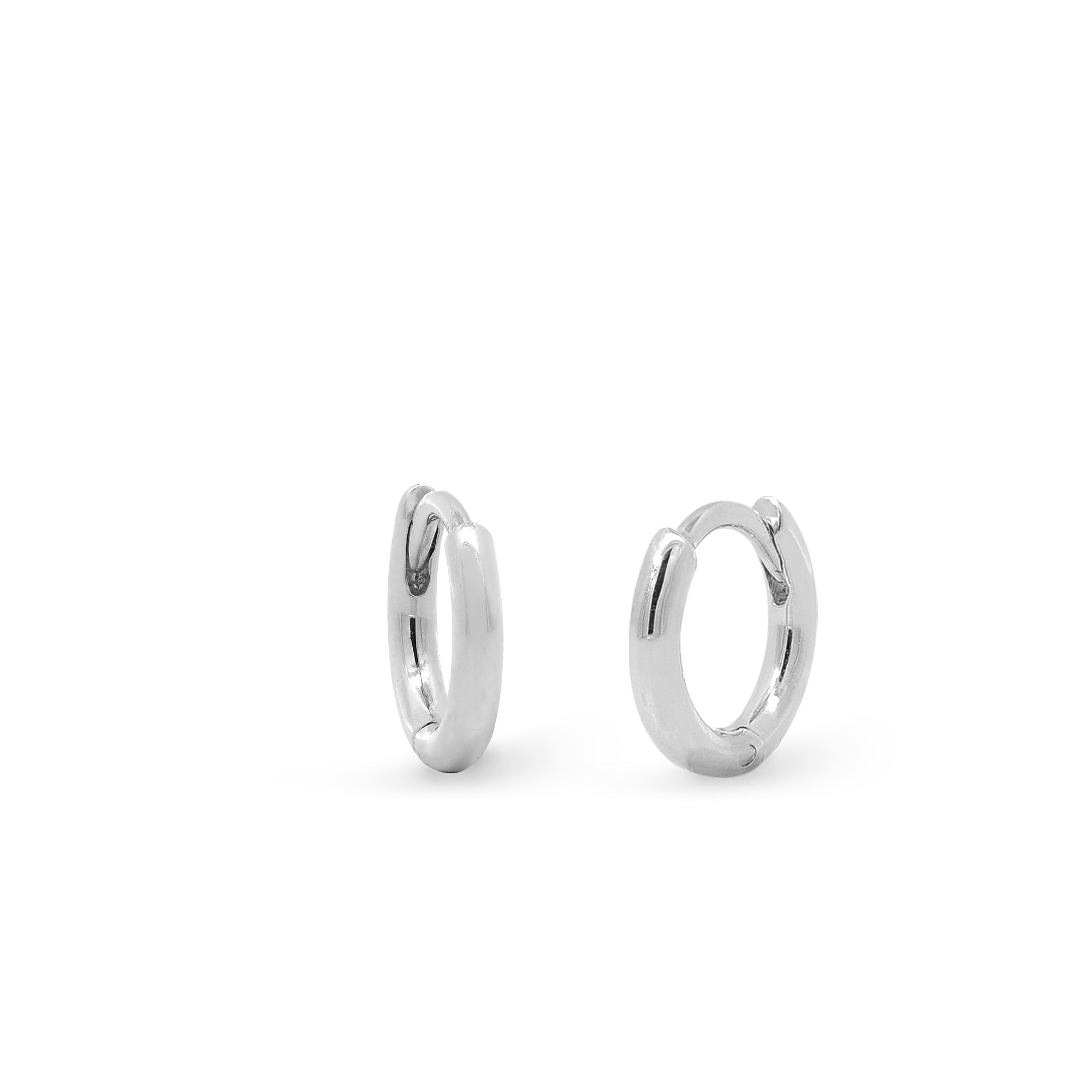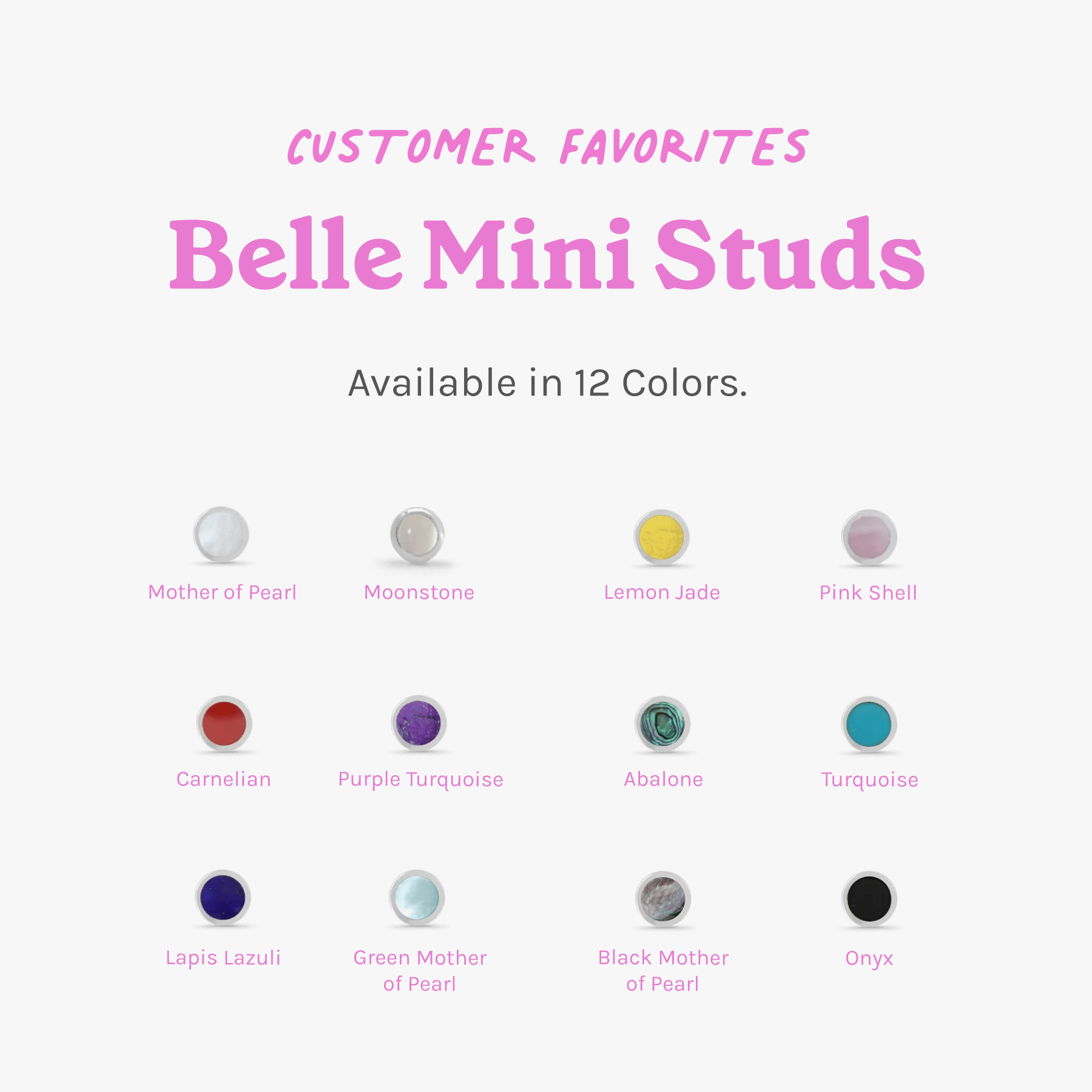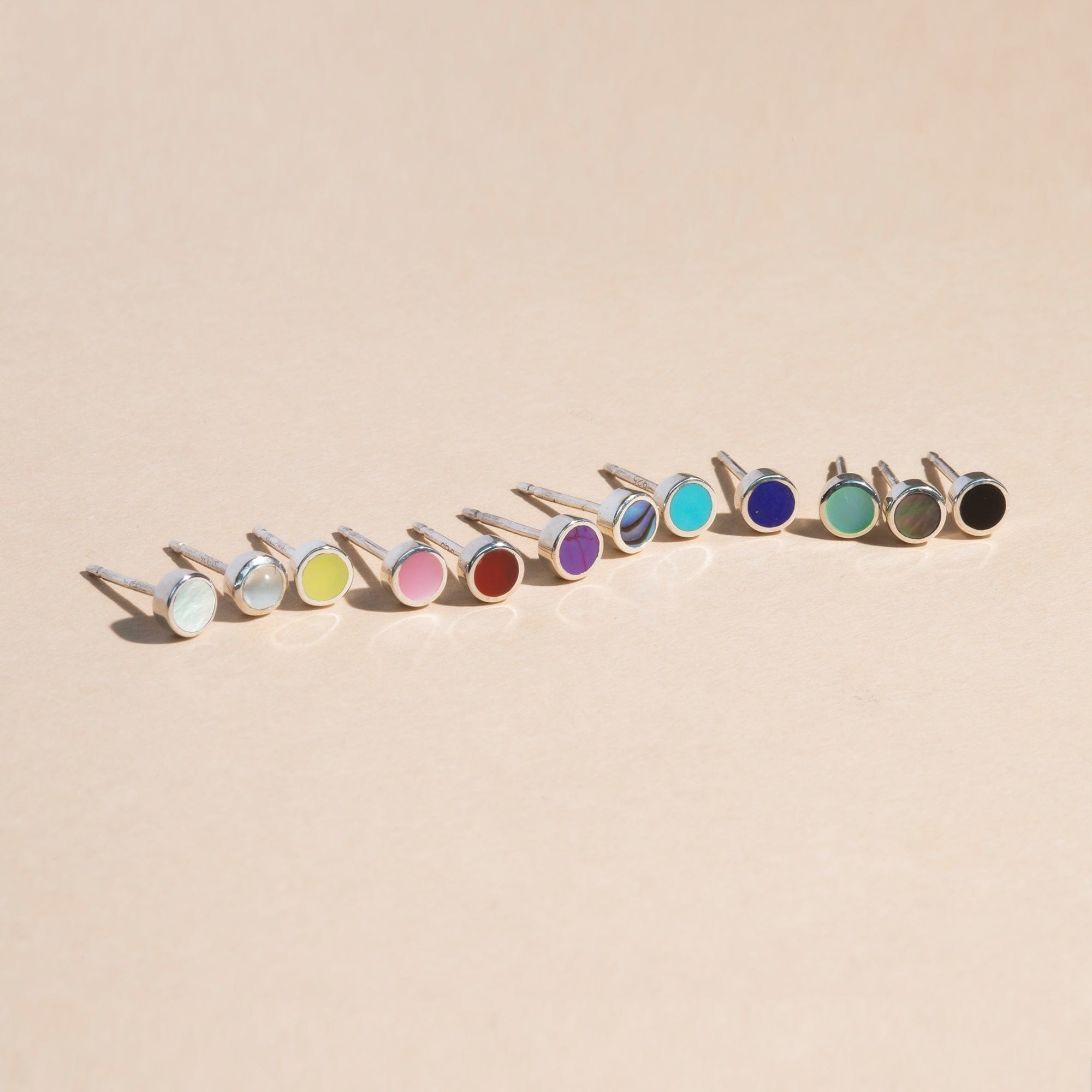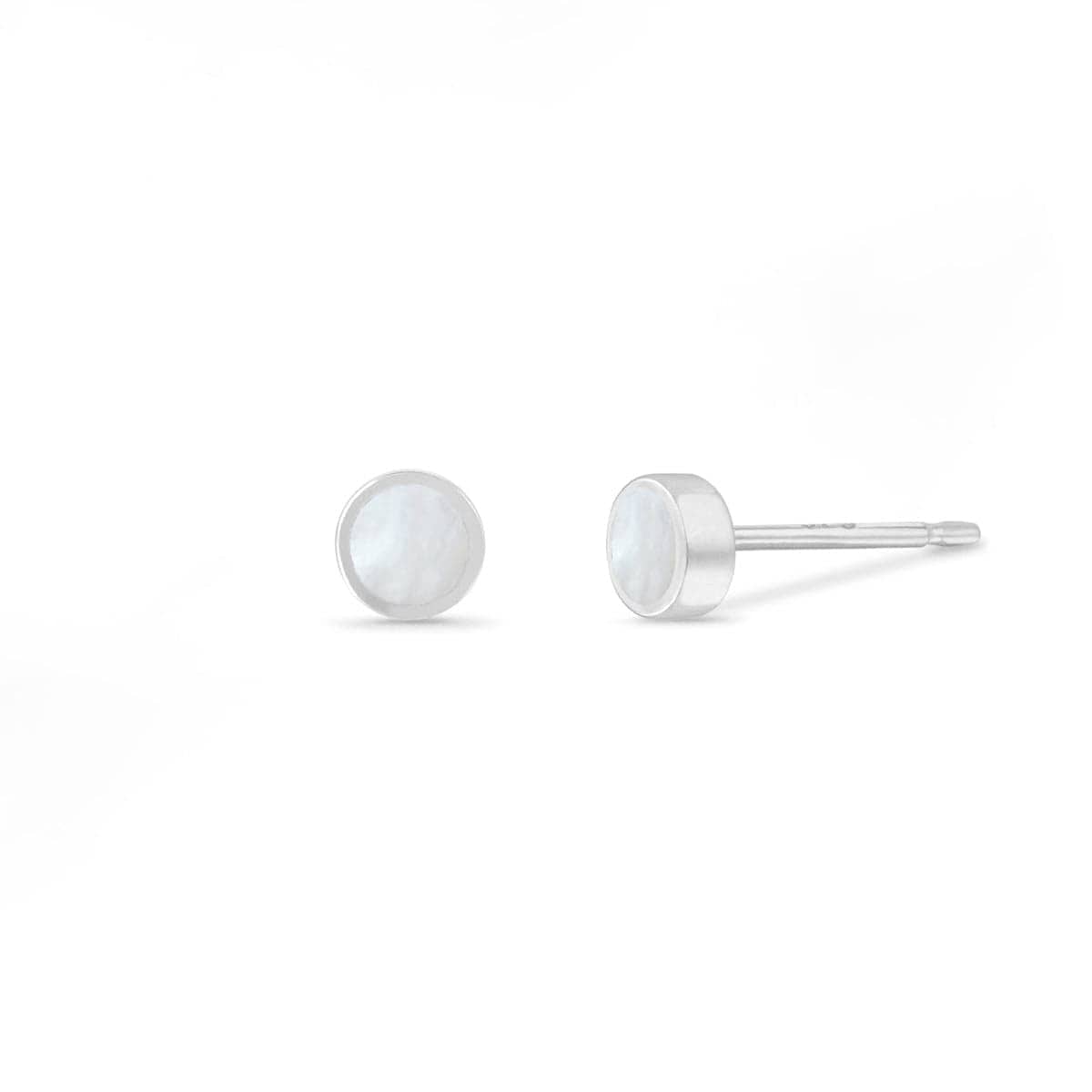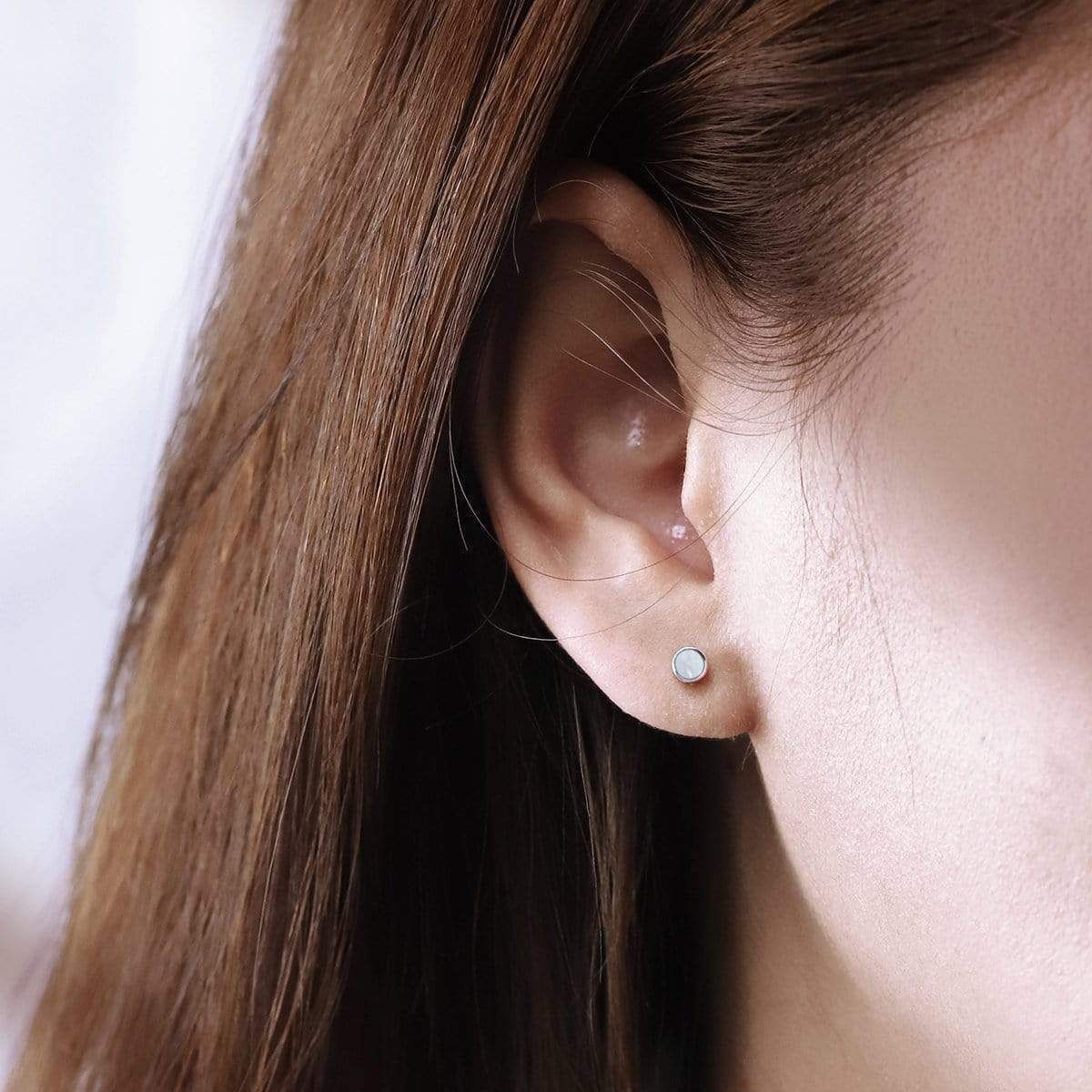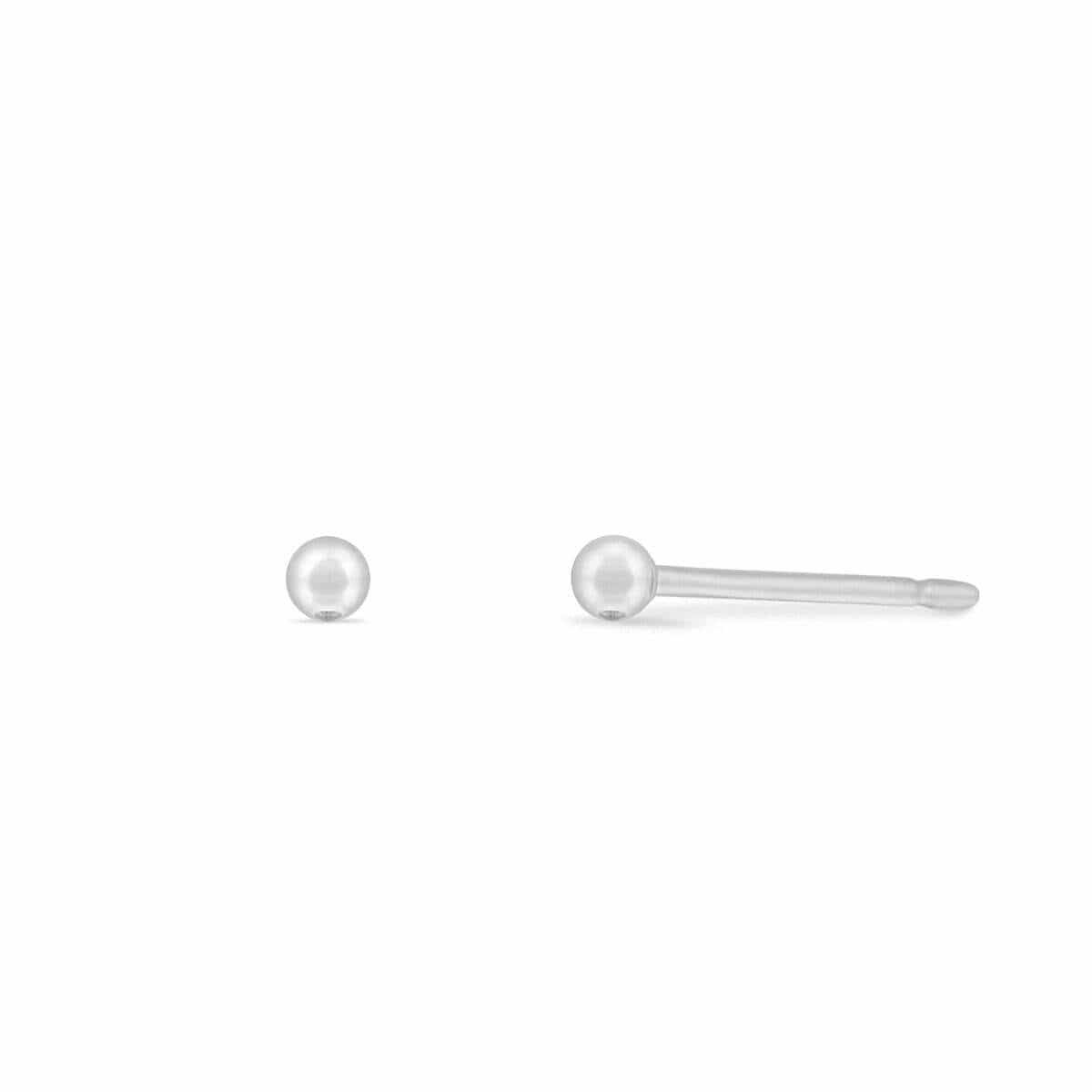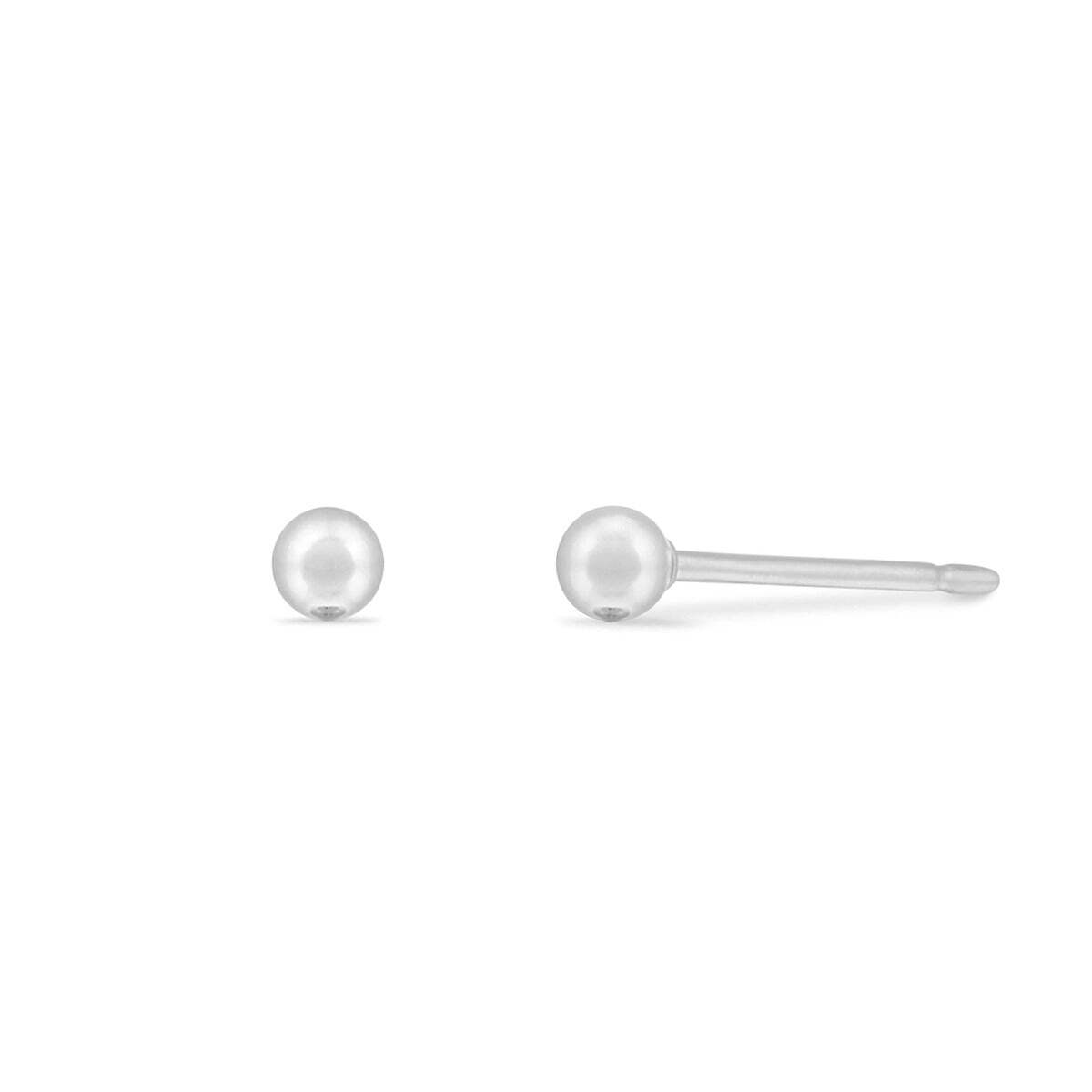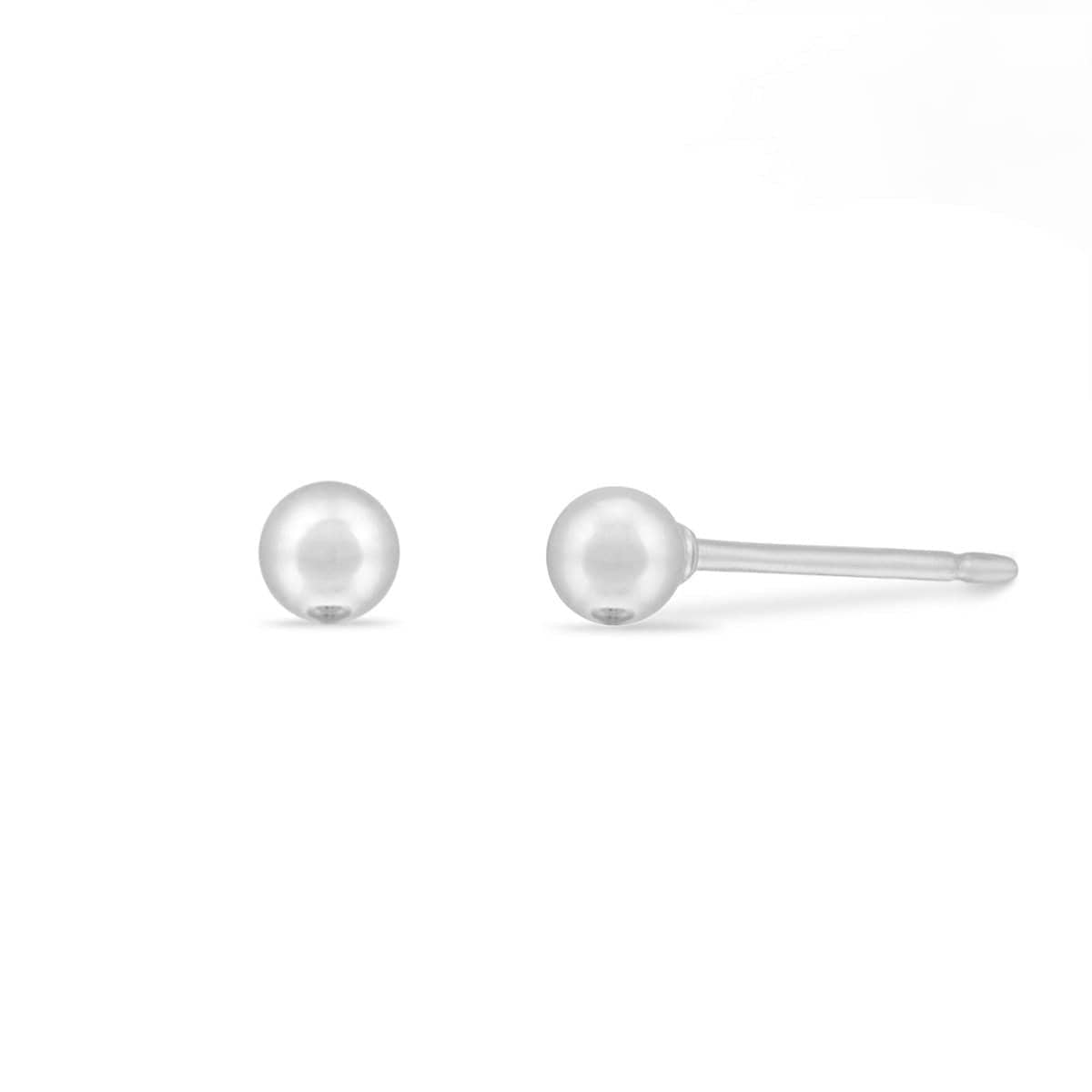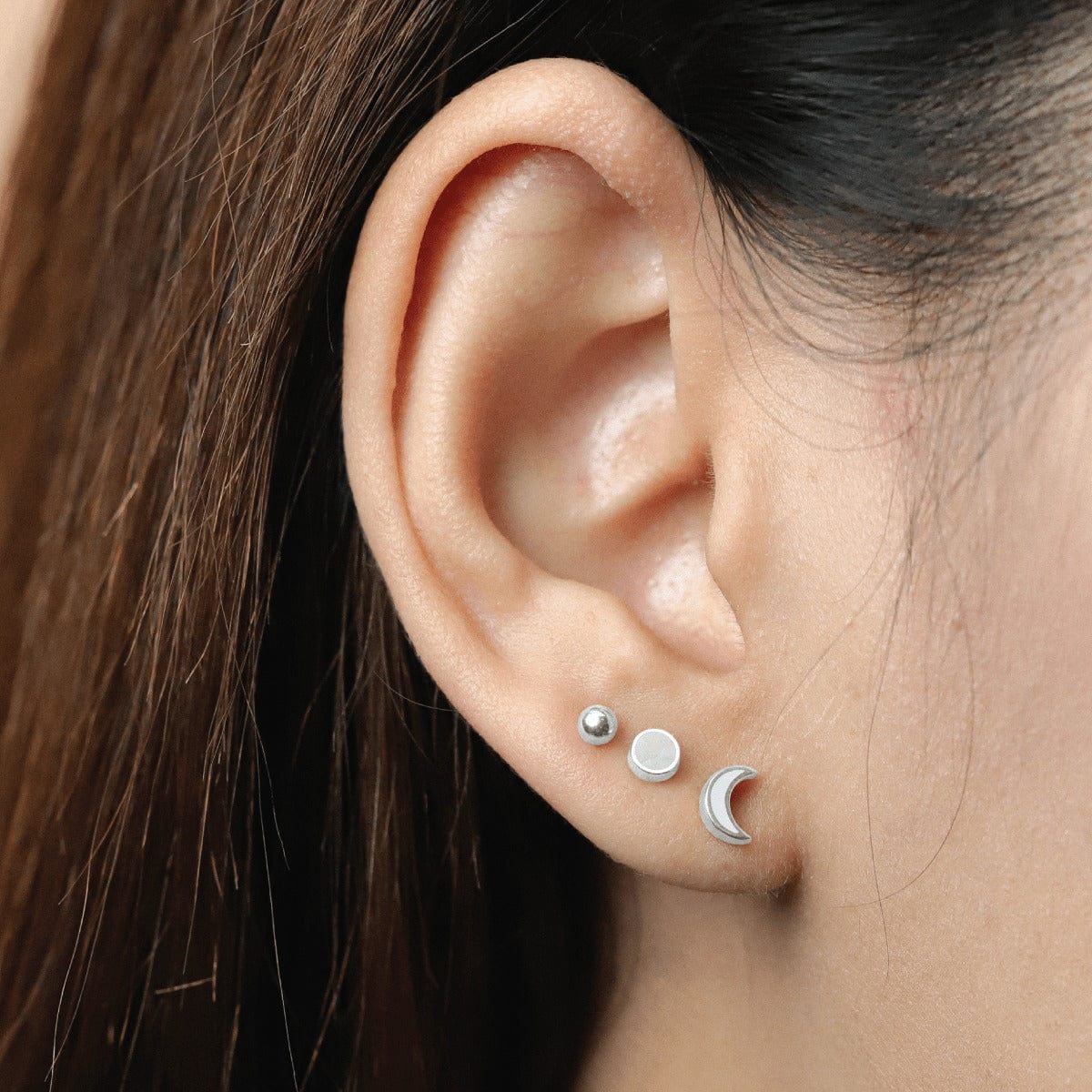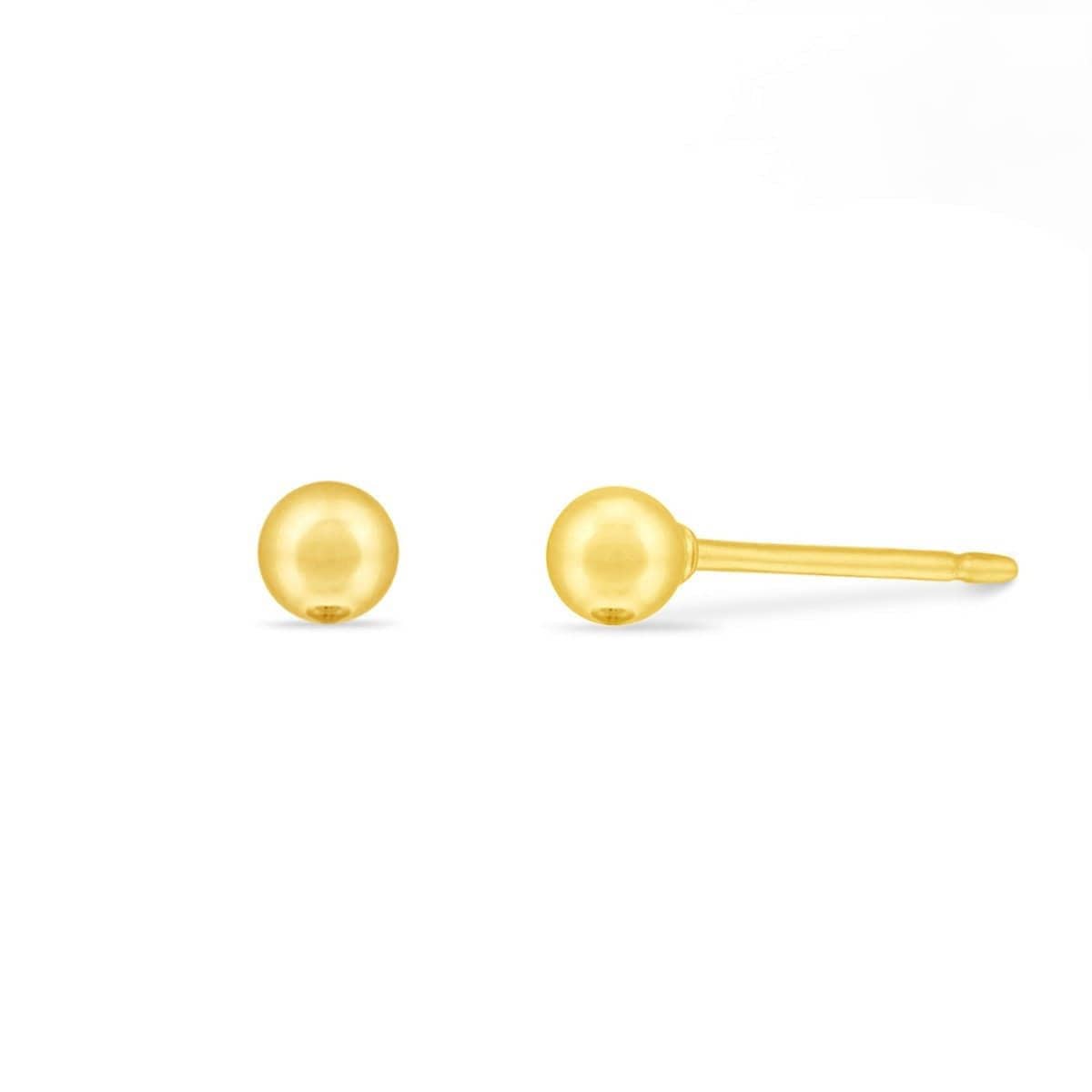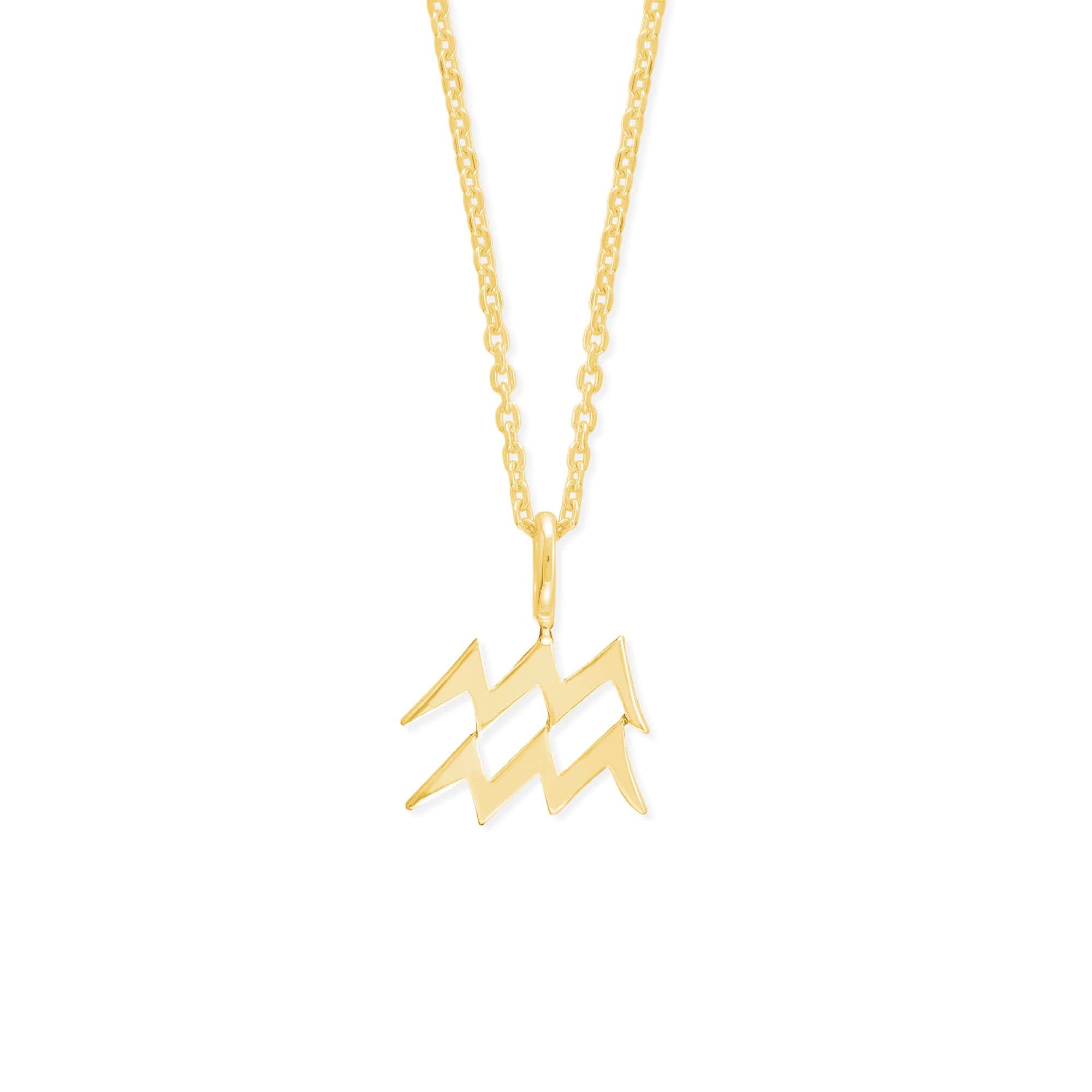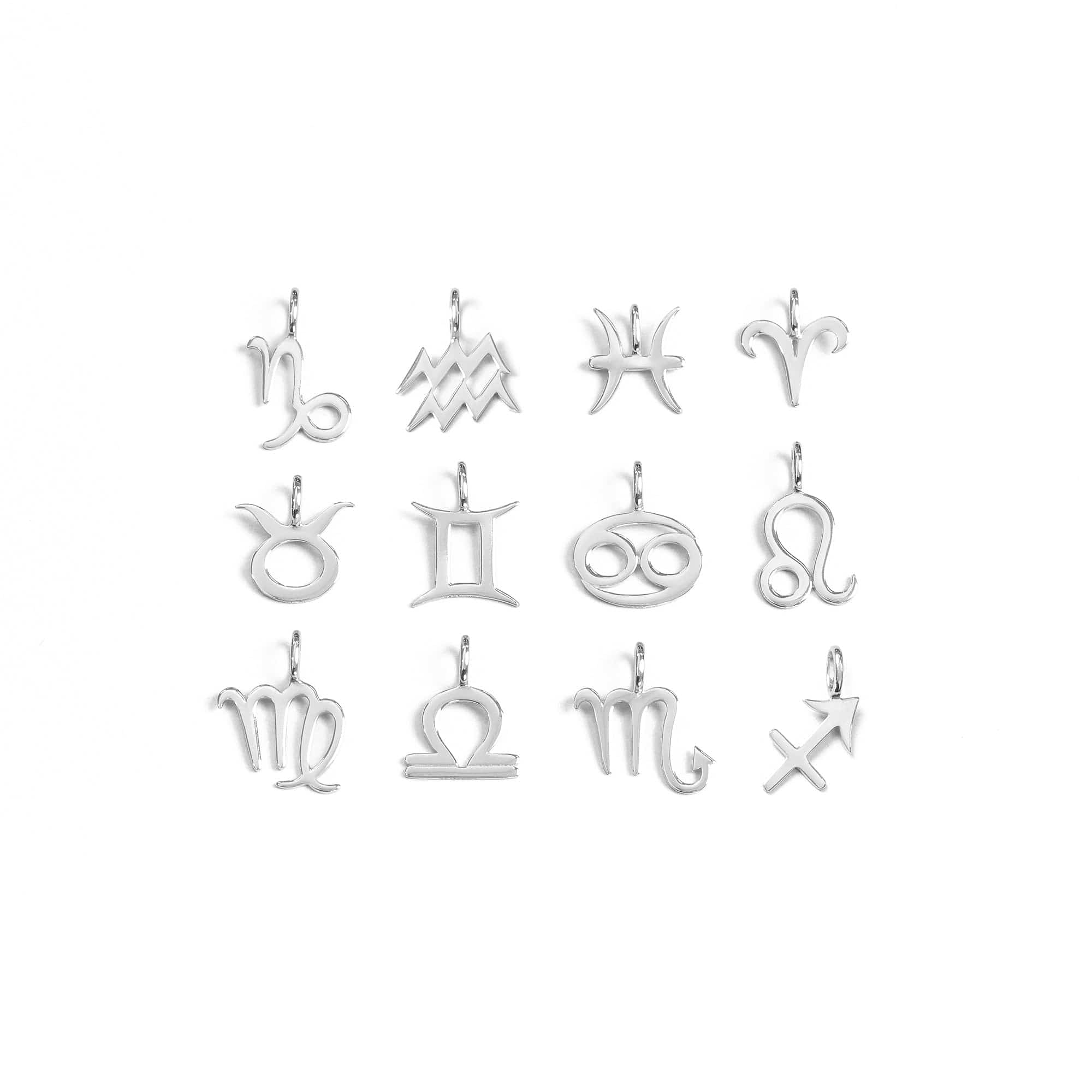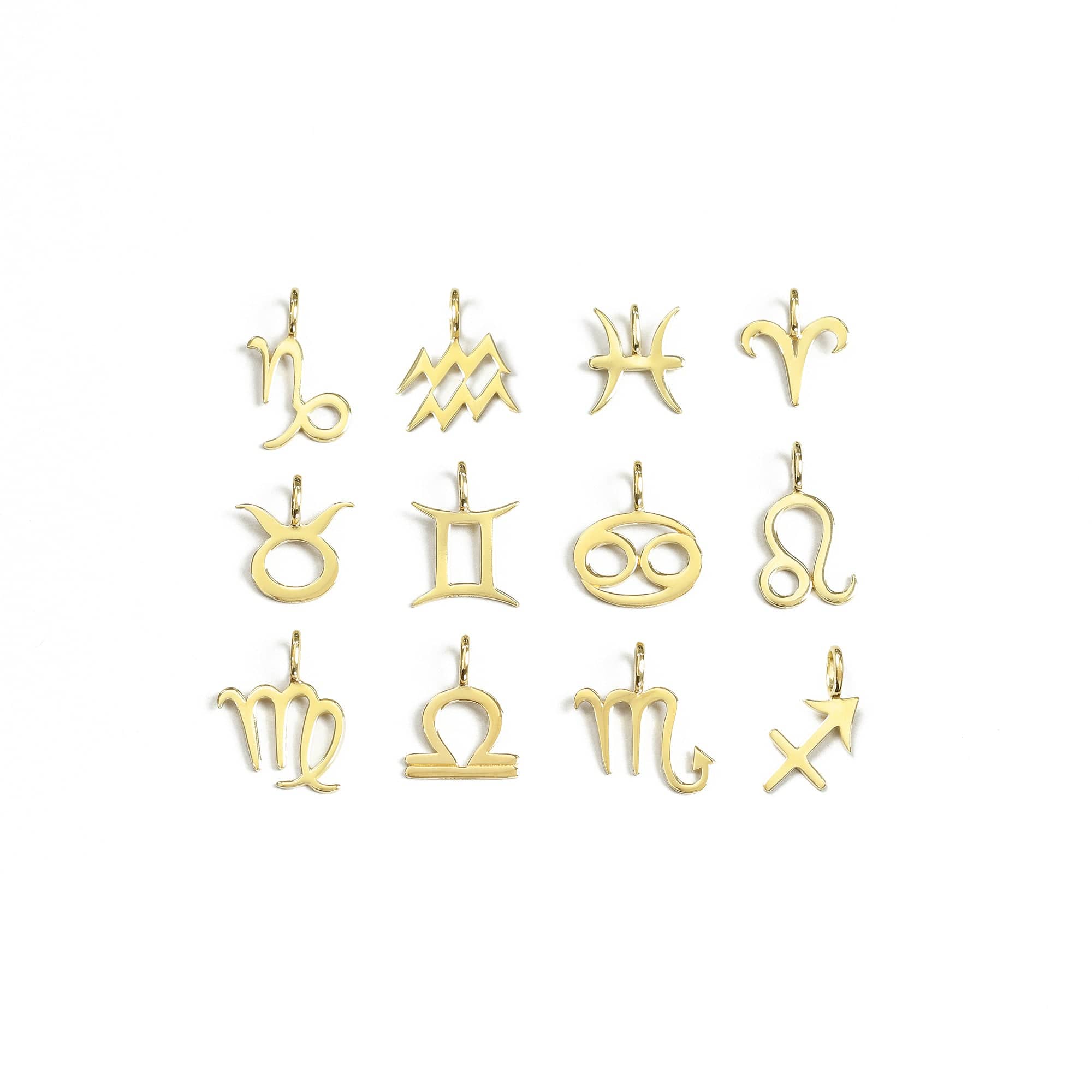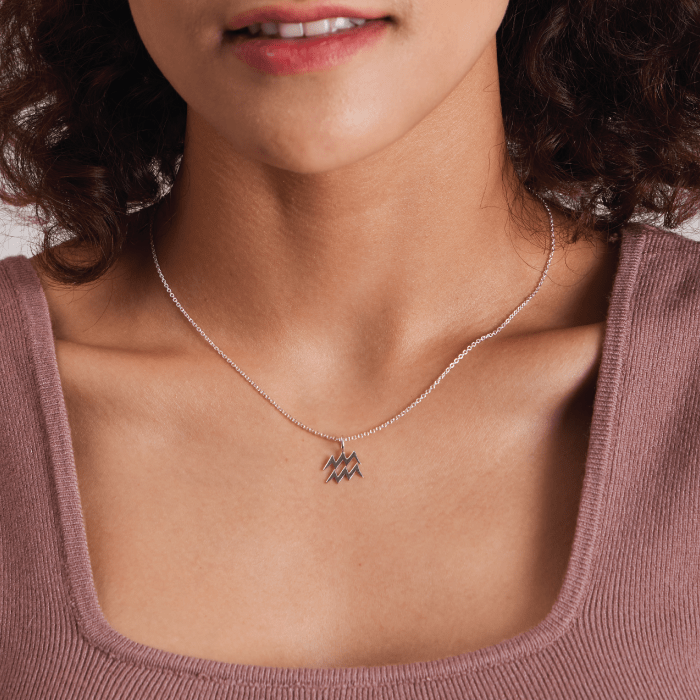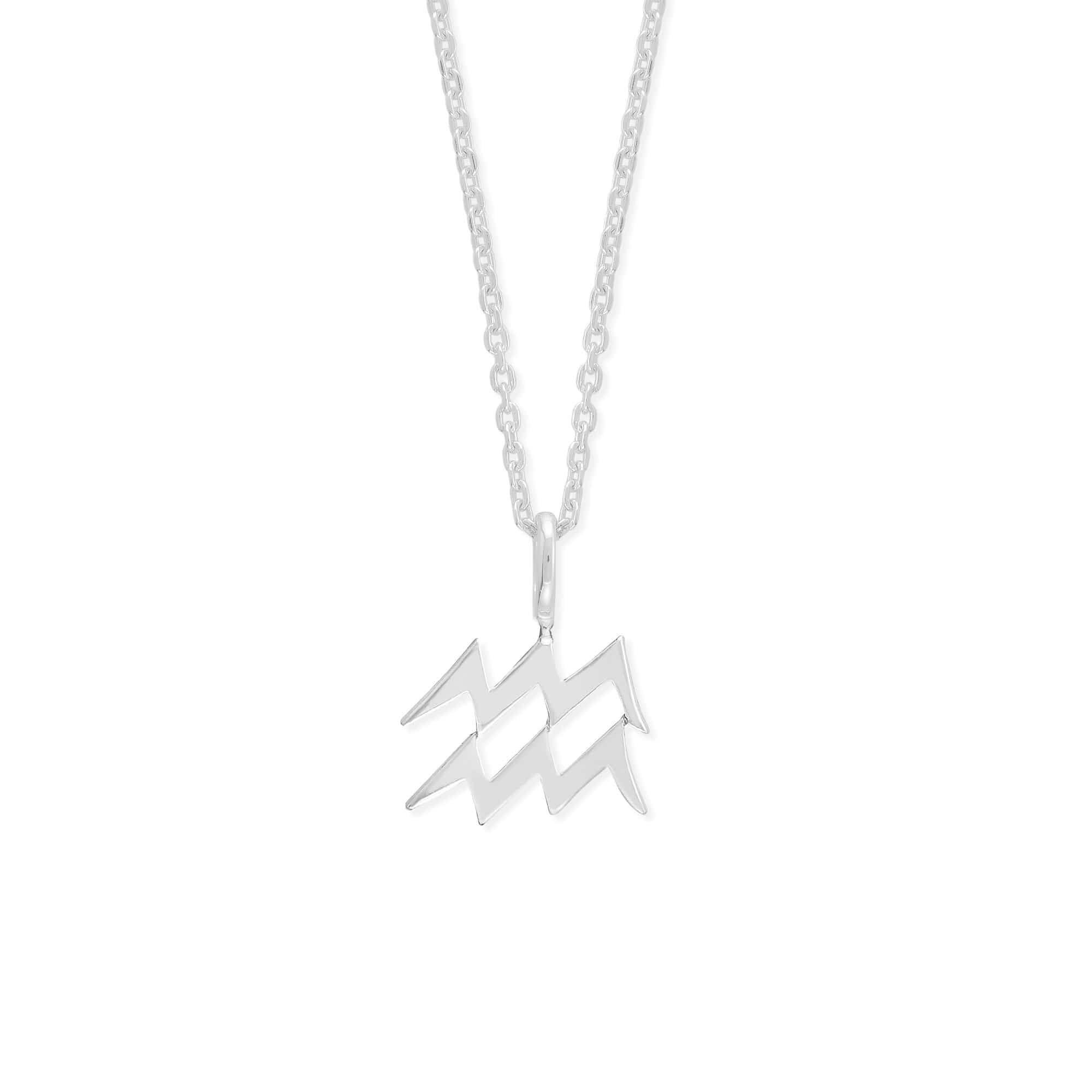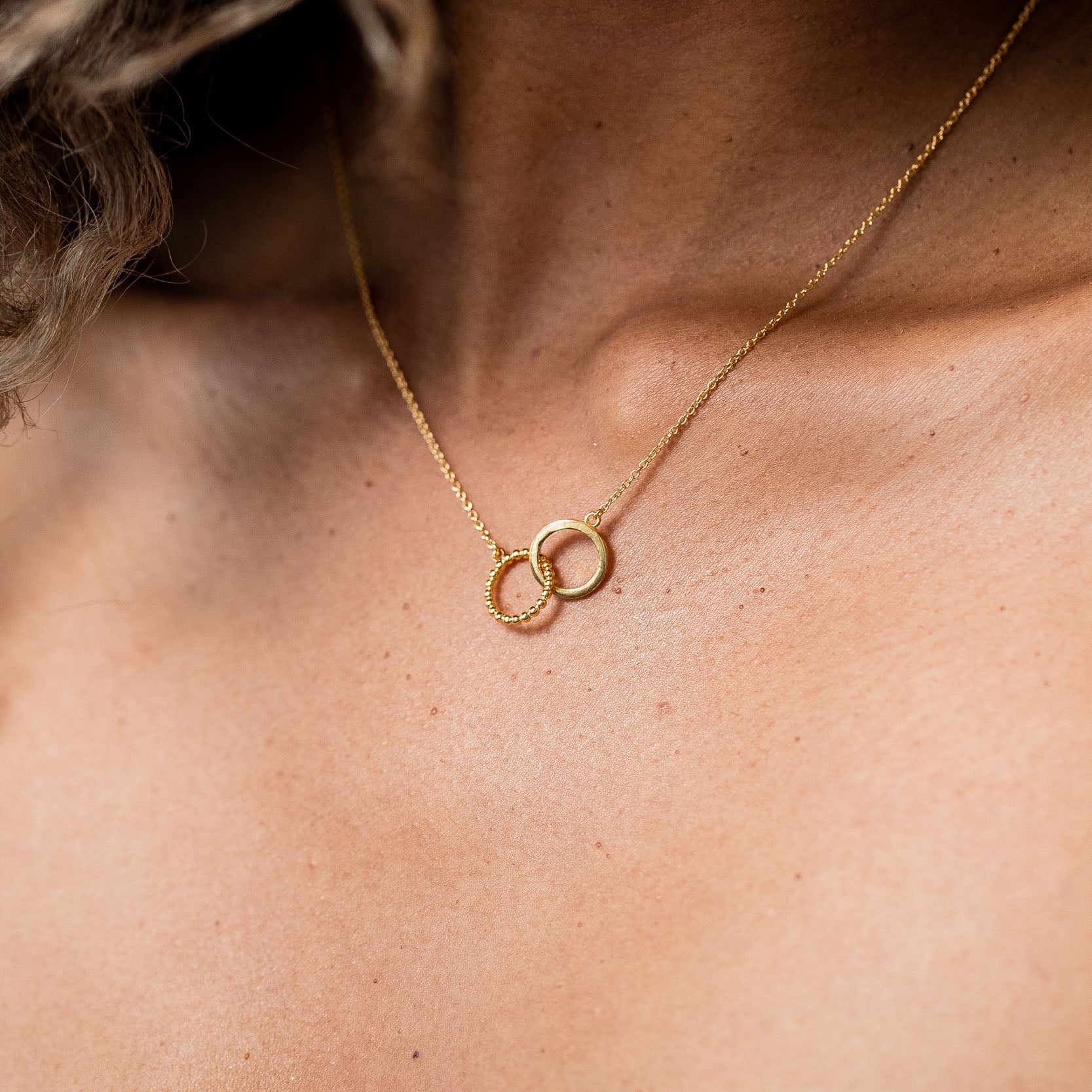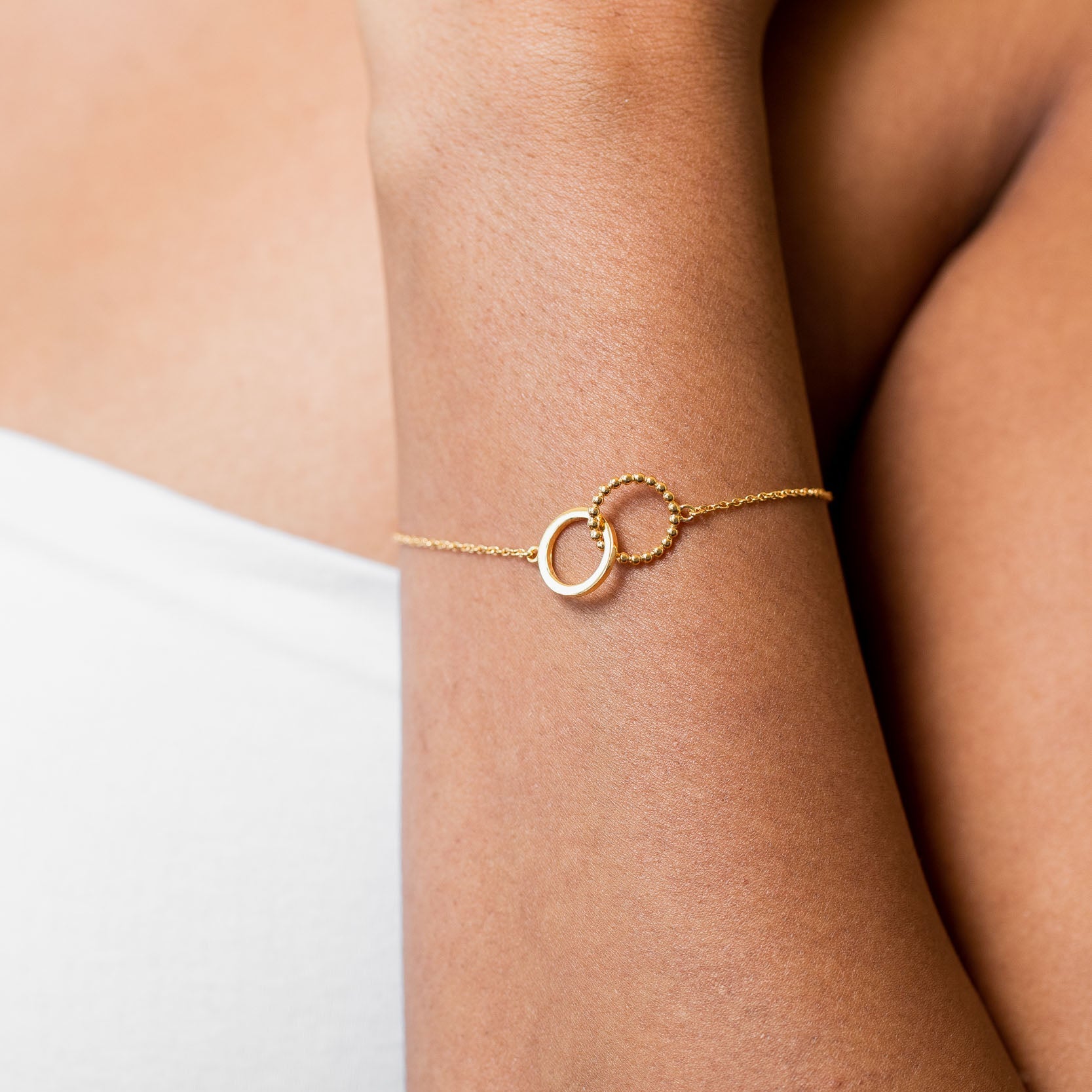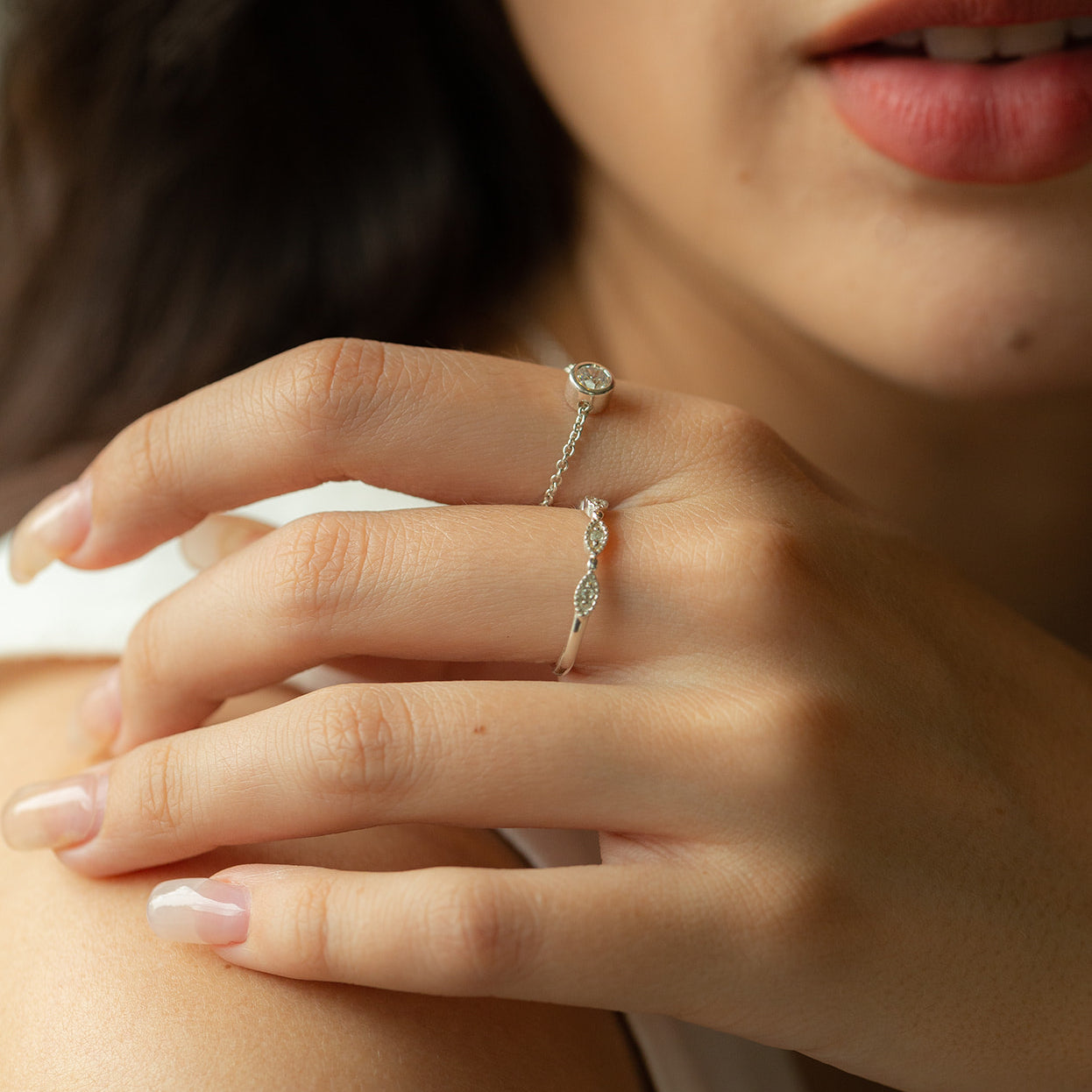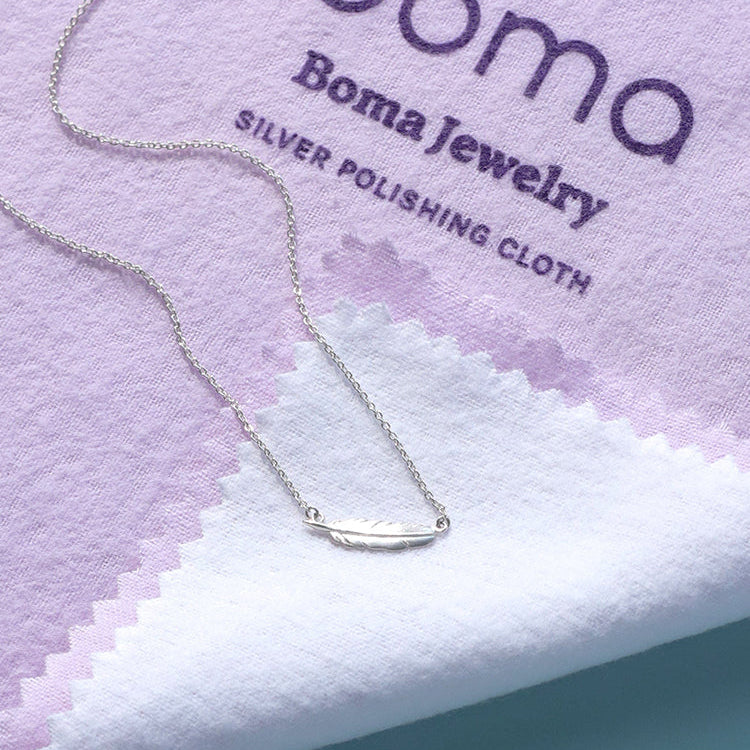Tarnish-Free and Waterproof Jewelry: What You Need to Know Before Jumping on the Trend
If you've been on TikTok recently, you've probably seen the buzz around tarnish-free and waterproof jewelry. Influencers are promoting pieces that claim to never tarnish, rust, or change color, no matter how often you wear them or how many times they get wet. While this may sound tempting, it’s important to look deeper into what you’re really getting when you buy these "miracle" pieces.
At Boma Jewelry, we prioritize transparency and quality, so here’s what you need to know before buying into the tarnish-free and waterproof jewelry craze.
The Reality Behind Tarnish-Free Claims
Many brands market their jewelry as "tarnish-free" or "waterproof," but the truth is that no metal is completely immune to tarnish over time. Tarnishing happens when metals react with moisture, air, or chemicals, resulting in discoloration. Most tarnish-free jewelry is made from inexpensive base metals like brass or stainless steel, which are coated with a protective layer to prevent tarnish. However, over time, this coating can wear off, leaving the base metal exposed and prone to tarnishing.
Why Tarnish Happens on Different Metals
Almost all metals can tarnish over time due to reactions with environmental factors like oxygen or moisture. Here’s a quick breakdown:
- Sterling silver can tarnish when exposed to air and sulfur compounds, but it’s easy to clean and restore.
- Pure gold (24k) doesn’t tarnish, but gold alloys (like 14k or 18k) that contain other metals can tarnish.
- Brass, copper, and bronze tarnish easily and require regular maintenance.
- Stainless steel resists tarnish due to its protective chromium oxide layer but can still corrode under extreme conditions.
Tarnishing speed depends on the metal type, environmental exposure, and how the jewelry is cared for. Proper storage, cleaning, and maintenance can help prevent tarnishing.

Stainless Steel Vs. Sterling Silver: What’s the Difference?
Many “tarnish-free” jewelry pieces are made from stainless steel, which is a durable, corrosion-resistant base metal. While it’s a practical material, it has a much lower material value compared to sterling silver. This means you could be paying premium prices for a less valuable material without realizing it. As someone in the jewelry industry, we study the price of materials daily. Roughly speaking, sterling silver is about 350 to 1,000 times more expensive than stainless steel on a per gram basis. This vast price difference highlights why silver is considered a precious metal and an investment, while stainless steel is viewed as a more affordable, utilitarian material.
Why Sterling Silver is a Lasting Option
Unlike trendy, inexpensive metals, sterling silver is a durable, valuable option. Sterling silver is composed of 92.5% pure silver and 7.5% other metals (usually copper). While it can tarnish, sterling silver can actually remain tarnish-free when worn regularly.
How Your Skin’s Natural Oils Keep Sterling Silver Tarnish-Free
You may have noticed that the sterling silver jewelry you wear every day rarely tarnishes, while pieces left in storage may tarnish over time. This is because the natural oils on your skin create a protective barrier on the silver, reducing its exposure to air and moisture. By wearing your sterling silver pieces often, you can help maintain their shine.
Sterling silver tarnishes due to a reaction with sulfur compounds in the air, but the natural oils on your skin can help slow this process by acting as a barrier. According to the International Gem Society, this interaction helps reduce tarnish buildup.
A Trade Secret: Tarnished Sterling Silver is Easy to Clean
If your sterling silver does tarnish, don’t worry! It’s easy to clean with natural ingredients like aluminum foil, baking soda, and dish soap.
How to Clean Sterling Silver at Home
- What You’ll Need: A piece of aluminum foil, baking soda, hot water, and a gentle dish soap.
- Step 1: Line a bowl with aluminum foil (shiny side up) and place your jewelry on it.
- Step 2: Sprinkle a generous amount of baking soda over the jewelry.
- Step 3: Pour hot water over the jewelry and let it sit for a few minutes.
- Step 4: Rinse the jewelry and gently scrub it with a soft brush using mild dish soap.
- Step 5: Dry with a soft towel and polish using Boma’s Professional Grade Polishing Cloth for extra shine.
Protect Your Jewelry with Boma’s Anti-Tarnish Kit
To maintain your sterling silver jewelry’s brilliance, we include Boma’s Anti-Tarnish Kit with your order. The kit features an airtight, biodegradable plastic bag and an anti-tarnish strip to absorb moisture and prevent tarnish. Store your jewelry in the kit to keep it safe from air and humidity.
Avoid the Fads, Choose Lasting Quality
While tarnish-free and waterproof jewelry sounds appealing, the materials used in these pieces often don’t hold up over time. Sterling silver is a much better investment: it’s durable, hypoallergenic, and easy to care for. At Boma Jewelry, we believe fine jewelry should not only be beautiful but timeless, offering lasting value.
Next time you’re tempted by trendy jewelry, remember that sterling silver offers lasting beauty and reliability. With regular wear, cleaning, and proper storage, it will remain tarnish-free and stunning.
Pair with Boma’s Polishing Cloth for Best Results
For long-term care, pair your sterling silver jewelry with Boma’s Professional Grade Polishing Cloth. This extra-large cloth is perfect for removing tarnish and keeping your jewelry in pristine condition.
While tarnish-free and waterproof jewelry may seem convenient, investing in sterling silver offers better quality and durability in the long run. With regular wear, simple at-home cleaning, and proper storage in Boma’s Anti-Tarnish Kit, your sterling silver jewelry can stay as radiant as ever.
Explore Boma Jewelry's sterling silver collection and enjoy the lasting elegance of fine jewelry built to last.

